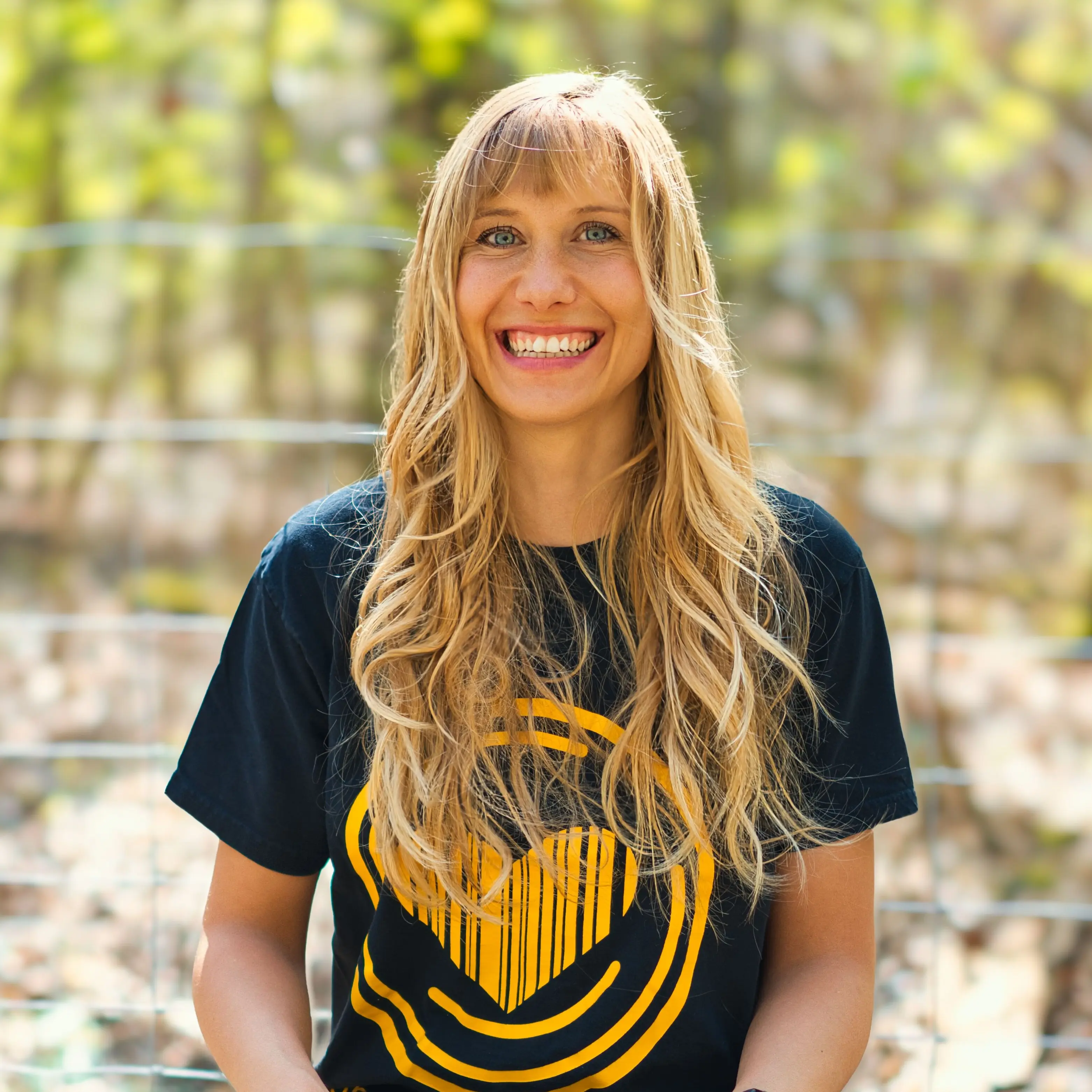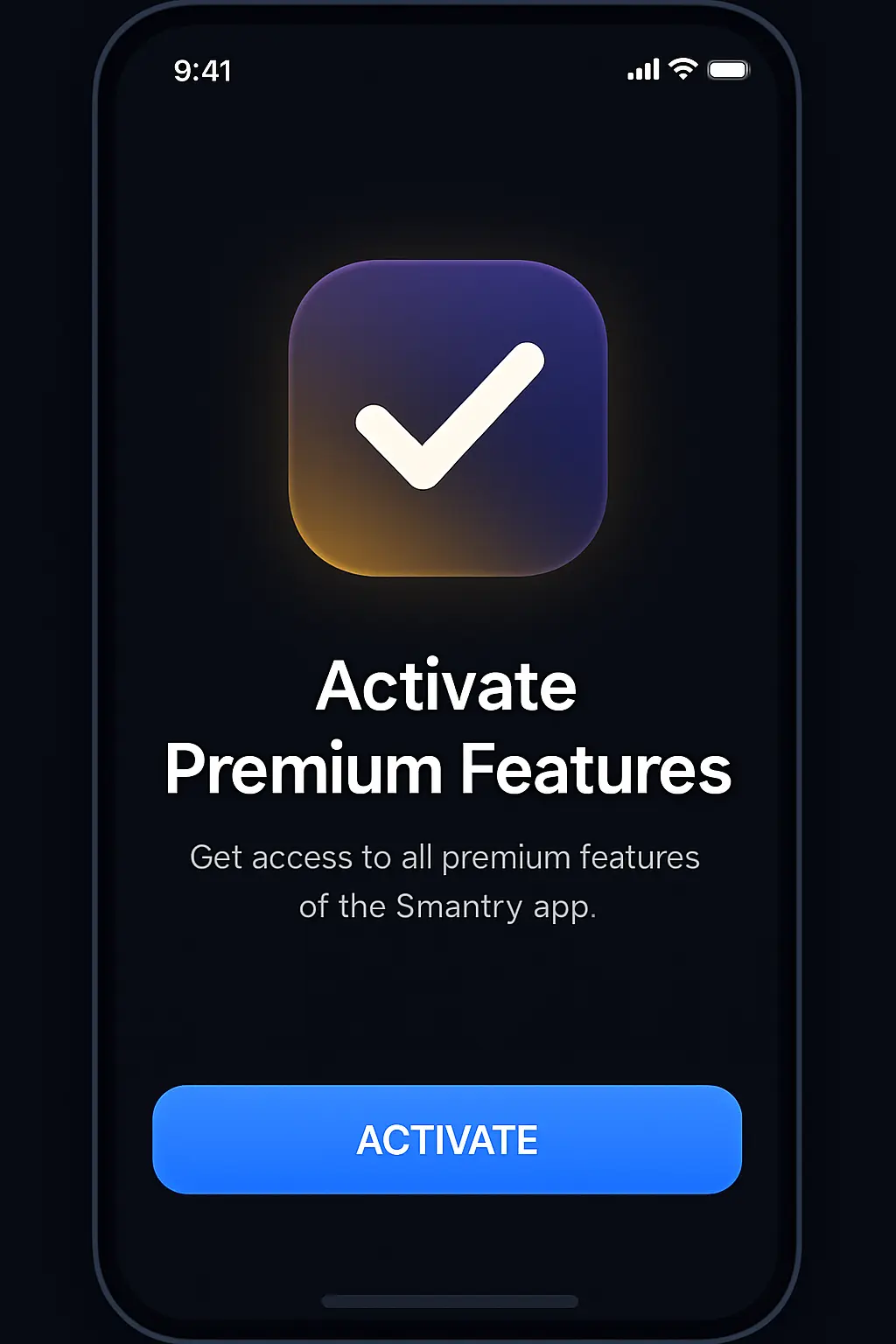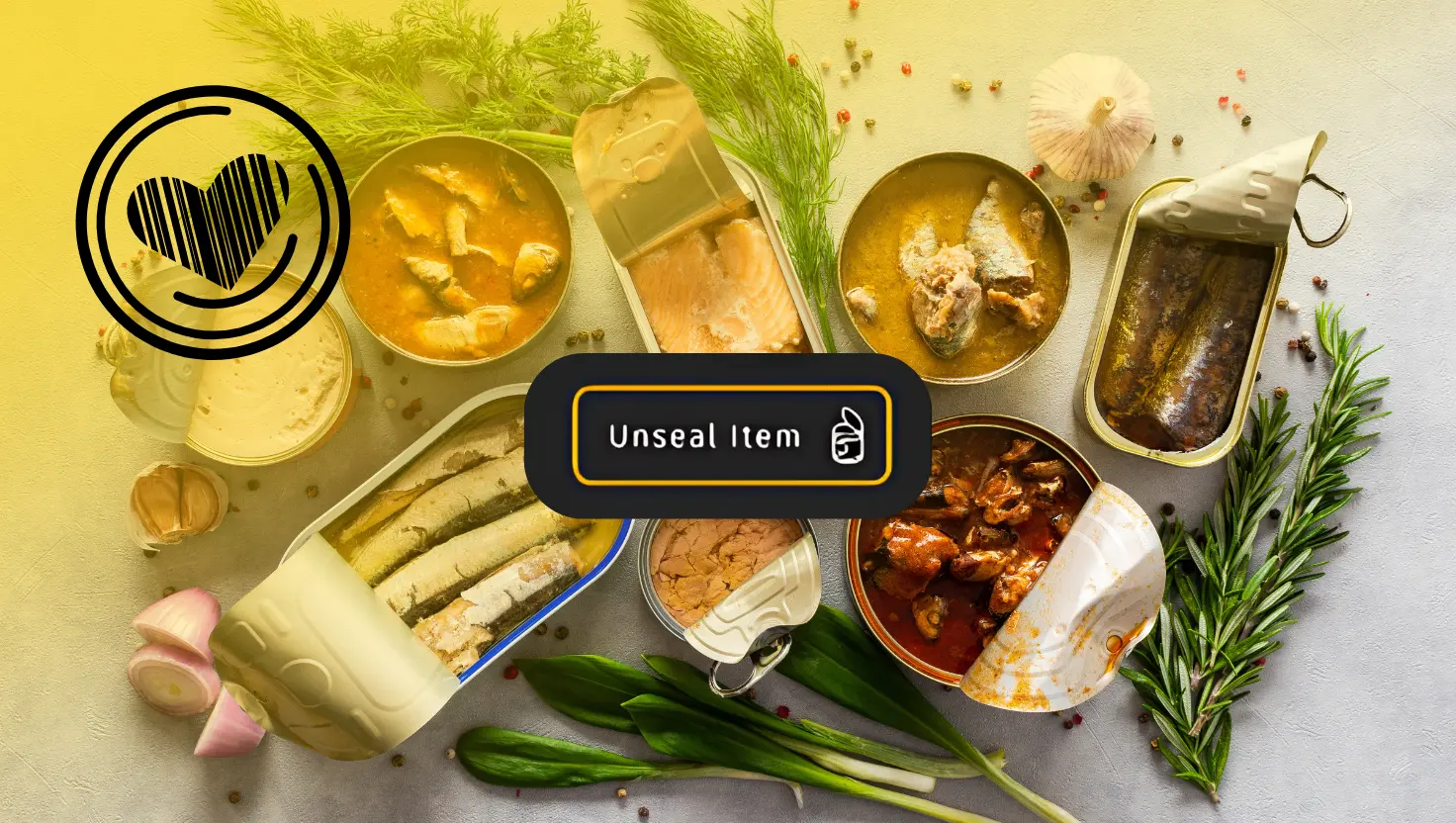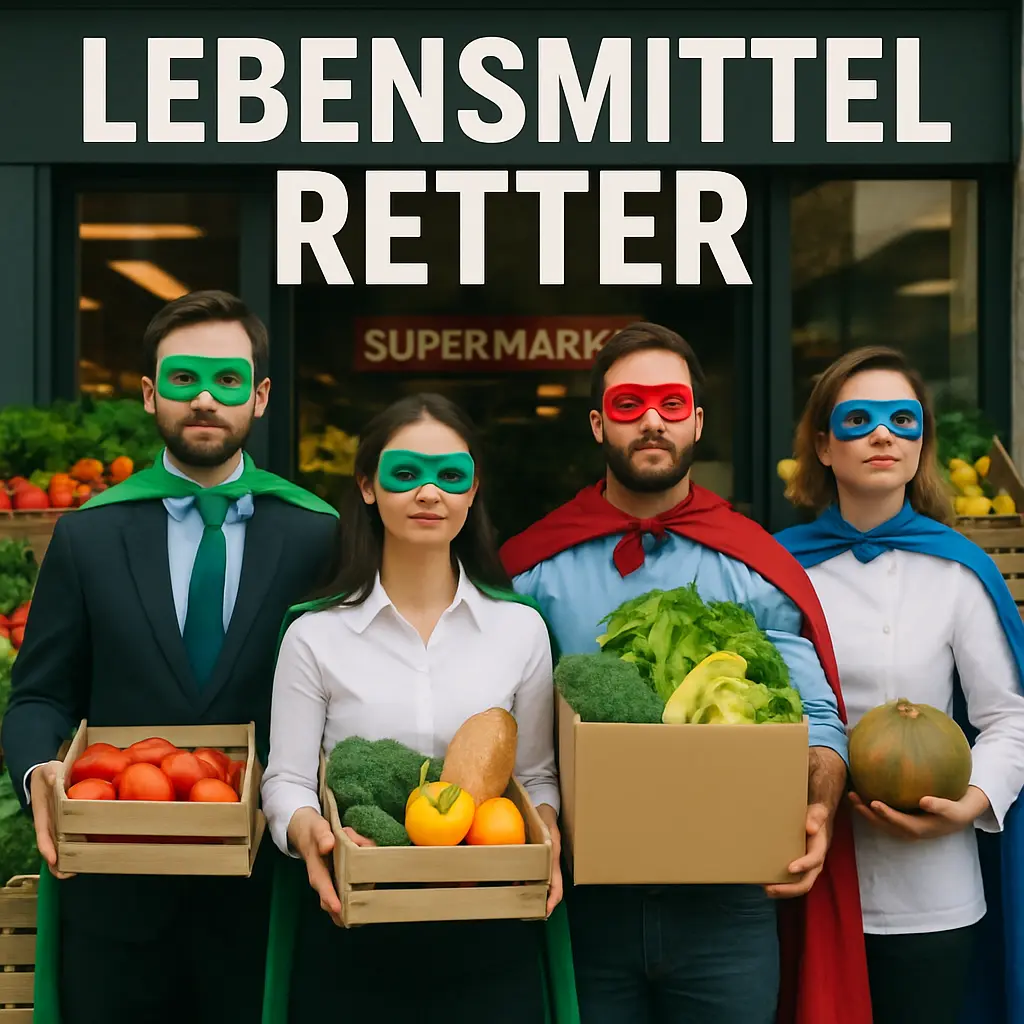Discover the magic of zero waste cooking: creative recipes for using leftovers and sustainability

Kira Zabe
August 18, 2024
The kitchen is a place where a lot of waste is produced. Cardboard or plastic food packaging, spoiled food (the Smantry app could be your game changer here), leftover food and even cleaning can generate waste. For example, I'm always amazed at how much outer packaging we have to throw away after shopping (I'm working on it). The zero waste kitchen or the almost zero waste kitchen is actually an integral part of sustainability. The aim is to declare war on unnecessary waste - and to get creative when cooking. However, I would like to say right away that this is not about perfection. I think a kitchen where there is no waste at all is a nice idea, but far from reality. Not everyone has an unpackaged store nearby and doesn't regularly get to shop at the weekly market. Your zero-waste kitchen has to be practical for you.
The packaging issue
I'll start with this topic right away. Many supermarkets and even discount stores now offer fruit and vegetables without outer packaging. If you can, it's better to buy this instead of pre-packaged fruit, especially if you need smaller quantities. Some supermarkets also have filling stations for dry food. The disadvantage of this is that you have to bring suitable containers from home. In addition, the number of supermarkets and discount stores that have such filling facilities for loose food is still small.
Using leftover vegetables: Soup magic and vegetable dishes
Leftover vegetables or vegetables that urgently need to be processed don't have to end up in the bin either. You can turn what's still good into a delicious stew or a colorful vegetable pan - with meat, of course. Celery or leek ends are perfect for making a wonderfully aromatic vegetable soup. Or how about a creative vegetable pan? Broccoli stalks, kohlrabi leaves or bell pepper seeds don't have to end up in the bin, but can be turned into a tasty dish. Dry bread doesn't have to go straight in the bin either (unless it's moldy). You can turn it into breadcrumbs or bread chips, for example. To do this, cut the bread into thin slices (so it must not be completely hard), coat with a marinade, for example olive oil, salt and garlic, and bake in the oven (fan oven) at 180 degrees for approx. 10 minutes.
Creative uses for leftover fruit: smoothies and fruit jam
You can easily blend overripe fruit into delicious smoothies or boil it down into a sweet fruit jam. To make smoothies, cut the fruit into small pieces and blend finely with water. The advantage is that, unlike with ready-made smoothies, you have full control over what's in them. This is because smoothies from the supermarket or discount store are heated to a high temperature to preserve them, which is why the nutrient content can be lower. The nice thing about it is that you can blend anything into a smoothie.
Using up leftovers when baking: Banana bread muffins and crunchy muesli bars
The classic way to use up overripe bananas is probably banana bread or banana bread muffins. Dried fruit, nuts and leftover chocolate (do such things actually exist?) can be turned into crunchy muesli bars.

Reducing packaging waste: sustainable shopping and DIY cleaning products
A zero waste kitchen not only involves avoiding food waste, but also packaging waste. If you can, look for packaging-free products when shopping and buy from local farmers' markets or weekly markets. Bring your own reusable bags and help to reduce packaging waste. Another life hack for the zero waste household is homemade cleaning products. With simple ingredients such as vinegar, baking soda or essential oils, you can make effective and environmentally friendly cleaning products.
Baking soda all-purpose cleaner
Ingredients:
3 tablespoons baking soda
700 ml warm water
1 teaspoon of liquid soap or washing-up liquid (optional, for extra grease dissolving power)
10-20 drops of essential oil of your choice (e.g. lemon, lavender or tea tree oil for additional antibacterial effect and fragrance)
Instructions:
put the baking soda in a spray bottle. Add the warm water. Close the bottle and shake vigorously until the baking soda has completely dissolved.
add the liquid soap (if using) and the essential oils. Shake the bottle again to mix everything well.
spray the solution onto the surface to be cleaned. Leave it on for a short time, especially for stubborn stains or dirt. Then wipe it off with a damp cloth or sponge. For shiny surfaces such as glass or mirrors, rinse with clean water and dry with a clean, dry cloth to avoid streaks.
store the cleaner at room temperature and shake well before each use. Note that the mixture may lose effectiveness over time, so it is best to use it within a month.
Tips:
Always test the cleaner on an inconspicuous area first to make sure it won't damage any surfaces.
For particularly stubborn stains or soiling, baking soda can also be sprinkled directly onto the affected area and worked in with a damp cloth or sponge before wiping off.
This cleaner is versatile and is suitable for work surfaces, kitchen appliances, bathroom surfaces and much more. However, it is not suitable for use on delicate materials such as marble, as the baking soda can be slightly abrasive.

New laws on food waste in Spain
Spain has recently passed a groundbreaking law to combat food waste. This law requires all actors in the food chain, from producers to retailers, to implement specific plans to prevent food loss.
Key provisions of the law:
Obligation to donate surplus food: Supermarkets with a floor space of more than 1,300 square meters are now required to form partnerships with non-profit organizations to donate surplus food that is still fit for consumption. These donations are exempt from value-added tax.
Offer of packaging for leftover food: Restaurants and bars are required to provide their guests with free, reusable or recyclable packaging so that they can take home uneaten food. The aim is to raise consumer awareness of food waste and encourage them to take leftovers with them.
Promotion of the sale of products with approaching expiration dates: Retailers should offer products that are nearing their expiration date or have aesthetic defects at reduced prices to encourage their sale and reduce waste.
Hierarchy of priorities for dealing with surplus food: The law establishes an order for handling surplus food. Priority is given to human consumption through donations. If this is not possible, the food should be used for the production of processed products. The last options include using it as animal feed or for energy generation.
Sanctions for violations:
Companies that violate the provisions of the law can expect fines ranging from 2,000 to 500,000 euros.
Critique and Outlook:
While the law is considered an important step in the fight against food waste in Europe, there is also criticism. Some voices argue that the strict framework of sanctions could disproportionately burden companies and that the law does not sufficiently address the role of consumers, who are responsible for a significant portion of food waste.
Nevertheless, the law is seen as a significant advancement in reducing food waste and promoting a more sustainable awareness in society.
Join in and reduce food waste! 🌱📲
Spain's new law demonstrates: Sustainability starts in the pantry! With the Speisekammer App you can keep track of your groceries, plan meals efficiently, and avoid unnecessary waste.
👉 Download the app now and join the movement for less waste and more conscious consumption! 💚 Try it now!

Get the most out of your Smantry App: Activate these premium features!
🖼️ Private photos for your articles
Make your inventory management visual! With the feature "Upload Your Own Images" you can add a photo to each item – for example, of the packaging, the jar, or the portion in the freezer. This is especially helpful if you share with others in a community or if you want to visually remember your supplies better.
Activation: Open app → Account (last tab in the mobile app) → Settings → "Activate Personal Pictures"
🔍 Target nutritional information
The app automatically displays calorie and nutritional information – super convenient when you're shopping or eating mindfully. Don't need this info right now or want a cleaner view? You can also simply hide the display!
Control:Profile → Account Settings → Enable “Hide Nutritional Information”, to hide it.
💶 Prices & Expenses at a Glance
If you want to know how much you spend on which item or how much money is lying dormant in your pantry, the Price Entry feature can help you. With it, you can plan your shopping even better and even track your budget.
Activation: Open app → Account (last tab in the mobile app) → Settings → “Enable price input”
💡 Prepper Mode: Even More Control
The Prepper Mode has been introduced for those who really want to keep track of everything – including minimum quantities, emergency supplies, and individual notes for serious situations. It's also useful if you just want to make sure you never run out of anything important.
Activation: Open app → Account (last tab in the mobile app) → Settings → “Show Prepper Information”
Here's how you can find your account settings
In the mobile app you can find the settings easily in the last tab on the far right (Account). In the web app click on Account → "Settings".
All mentioned features are part of the Premium-Version. If you don't have a premium license yet, feel free to check in the app or on app.speisekammer.app/upgrade – there's also a family license available!
✨ Conclusion: You have more options than you think. Activate the hidden premium features now and get the most out of your Smantry app. Because smart inventory management starts with the right tools.
If you have any questions about activation, feel free to contact support or check out our Help Center. And if you have feature requests – we always welcome your feedback!

Never forget leftovers again: Soon you'll be able to mark opened products 🧃✨
💡 The new feature: Mark products as "opened"
With the upcoming update, you will soon be able to specify in the Pantry App when a product was opened. This way, you always keep track:
- What is already open
- Since when it has been open
This is particularly useful for fresh or perishable food items, but also for sauces, canned goods, spreads, or snacks.
🔔 Reminders included
Of course, if you wish, you will also be automatically reminded, when an opened product should soon be consumed – all in keeping with the motto: Use rather than waste.
🎯 Why this is important
Food waste often doesn't occur while shopping – but at home, in everyday life. If we know better what is open and should be consumed, it becomes easier to make the right decisions. And that's exactly what the Pantry App wants to support you with even better with the new feature.
🛠 When will it be time?
We are currently working hard on the implementation – the feature is expected to be rolled out in the next update. So you will be able to test it very soon yourself.
If you want to participate in the testing or have feedback, feel free to write to us in support. We look forward to your ideas!
With the Pantry App, stockpiling becomes not only more sustainable, but also easier – step by step.
Stay tuned – it's getting exciting! 💚

🌍 Small ideas – big impact: These companies help you save food in everyday life
🍏 Foodsi (Poland)
This mobile app connects users with restaurants, bakeries and cafés offering surplus food at reduced prices—especially valuable in Polish cities like Warsaw or Kraków.
🛍️ OLIO – Share Surplus Food with Neighbors
OLIO connects neighbors and local businesses to share surplus food instead of throwing it away. Users can offer or request free food via the app — reducing waste and building community.
🍌 Imperfect Foods – Selling "Ugly" but Edible Food
This U.S.-based grocery delivery service rescues "imperfect" produce and surplus goods that major supermarkets reject due to appearance or overstocking — and delivers them directly to your door.
🔗 https://www.imperfectfoods.com
📦 Dispatch Goods – Reusable Packaging for Takeout
Dispatch Goods partners with restaurants to replace single-use containers with reusable packaging. This reduces packaging waste — and their system tracks and collects the containers for reuse.
🔗 https://www.dispatchgoods.com
🥬 Fresh.Land – Farm-to-Consumer to Prevent Waste (DK)
Fresh.Land shortens the supply chain by connecting consumers directly with farmers. This means fresher produce, longer shelf life, and fewer losses due to long storage or transport.
🧊 ColdHubs – Solar-Powered Cold Storage in Nigeria
ColdHubs installs solar-powered cold rooms for small farmers and markets to store perishable foods. This innovation significantly extends shelf life and reduces spoilage in hot climates.
🧃 Winnow – AI to Track Food Waste in Commercial Kitchens
Winnow’s smart scales and AI help restaurants and hotels measure and reduce food waste. By showing how much food is wasted and why, kitchens can adapt their behavior.
🔗 https://www.winnowsolutions.com
Why this matters for you
When you use the Smantry app, you can track and manage rescued food items in your pantry – whether they came from Foodsi, Karma, or another initiative. We’re building integrations to log these products, set reminders, and reduce waste in your household.
Know any other businesses doing this well?
We’d love to hear about them! Email your favourites to kira@mantry.com or write us in the chat or social media. Your tip might inspire others and be featured next. 🌿
